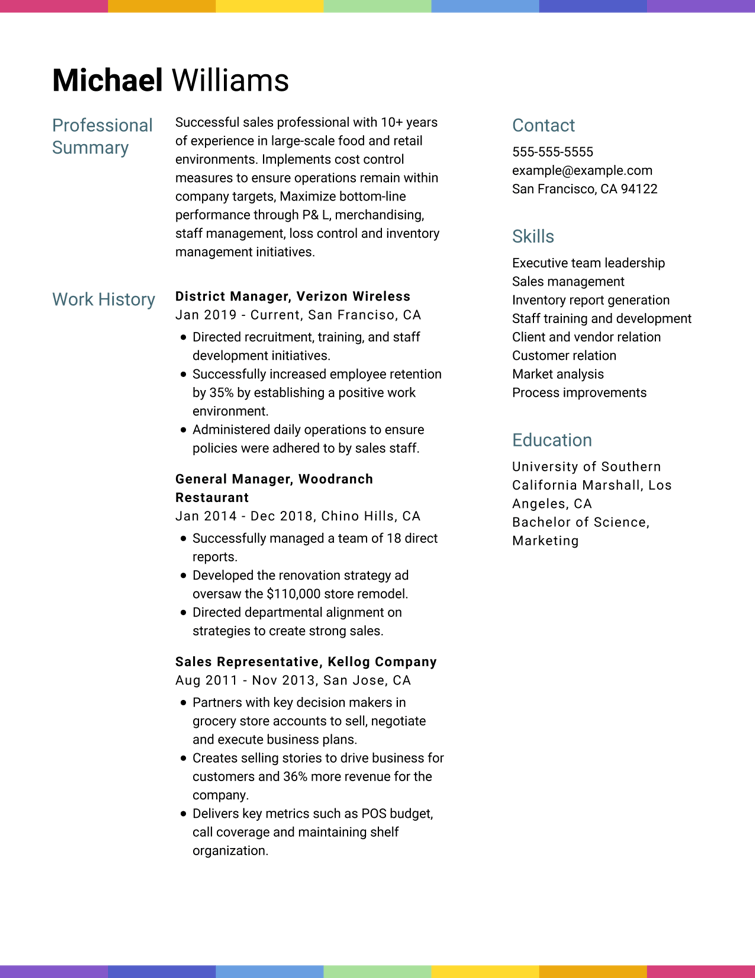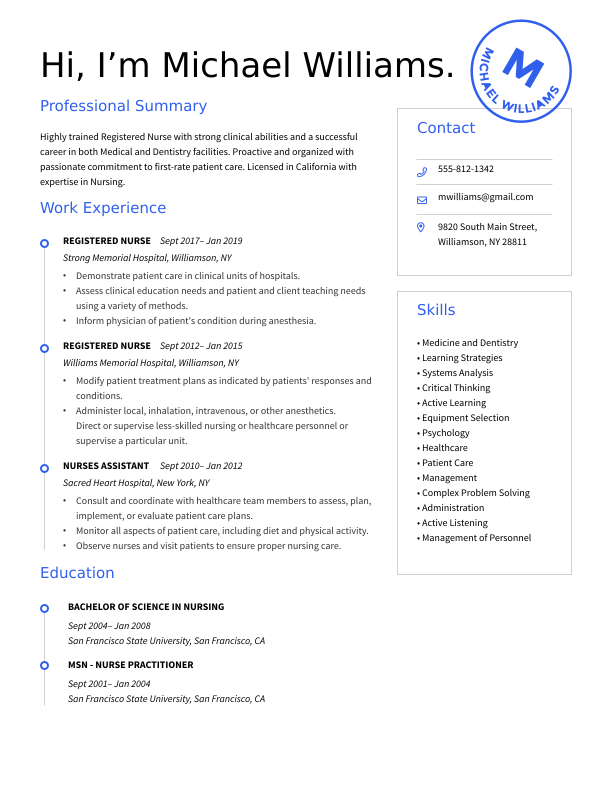How to Write a Non-Profit CV (with Examples)
A nonprofit professional’s CV should feature skills and experiences best suited for the job. Use these tips and nonprofit CV examples to craft yours.
A nonprofit professional’s CV should feature skills and experiences best suited for the job. Use these tips and nonprofit CV examples to craft yours.





OUR USERS HAVE BEEN HIRED BY



Nonprofit organisations differ from for-profit organisations in that they focus more on collective, social, or public benefits. Following these CV tips and CV examples can help you find a great nonprofit job in the future.
All professional CVs have the same sections, although, depending on the CV format you use, these may be ordered a little differently. However, here are the main sections of most CVs:
Contact information
It depends. Many nonprofits do rely on volunteer work, but some nonprofit organisations do pay their employees regularly. An easy rule to go by is if you’re paid, it’s a job and counts as professional experience. If you’re not paid, it’s considered volunteer work.
Most CVs should be no longer than one page, at the most. This can be extended to two pages if you have plenty of nonprofit experience, but these should only be reserved for specialists or experts in their field.
Yes. It’s always a good idea to include a cover letter with your application. These letters give you the chance to discuss your specific skills, career goals, and why you are the perfect fit for the job. You can use the cover letter builder to help you write your cover letter.
We personalize your experience.
We use cookies in our website to ensure we give you the best experience, get to know our users and deliver better marketing. For this purpose, we may share the information collected with third parties. By clicking “Allow cookies” you give us your consent to use all cookies. If you prefer to manage your cookies click on the “Manage cookies” link below.